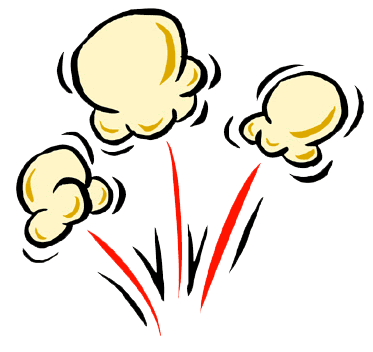Learning the Letter P with Paul’s Popping Popcorn
Sydney Grace Edge

Rationale: This letter will help students identify /p/, the phoneme represented by P. Students will learn to recognize /p/ in a spoken word by learning a sound analogy (popping popcorn) and the letter symbol P. They will practice finding /f/ in words, and apply phoneme awareness in tongue ticklers.
Materials:
-
Primary paper and pencils
-
Chart with the tongue tickler, “Peter Piper picked a peck of pickled peppers.”
-
Drawing paper and crayons
-
Word cards with PEN, PIG, POP, PAT, PACK, and PATH
-
Book: If You Give a Pig a Pancake (https://www.amazon.com/If-You-Give-Pig-Pancake/dp/0060266864)
-
Assessment worksheet: file:///Users/sydneygraceedge/Downloads/512.pdf
Procedures:
-
Say: Our written language is a secret code. The secret, tricky part is figuring out what the letters stand for. Today we are going to work on the letter P. The first thing that we will do is learn how our mouth, tongue, and teeth will move to make the sound. The letter P makes the /p/ sound. It makes the /p/ sounds like popping popcorn.
-
Say: Let’s pretend we are popping a bag of popcorn, /p/, /p/, /p/. When we do it, let’s move our hands in an open motion like it is popping.Notice our lips. Do you see how our mouths move? That is how you say the letter P!
-
Say: Let me show you how to find the /p/ in paper. I am going to say the word paper slowly and listen for my popcorn popping. Ppp-aaa-Ppp-ee-rrr. Who saw my lips move together when I said Paper? You try now.
-
Say: We are going to try a tongue tickler! (Pull out chart with tongue tickler) “Peter Piper picked a peck of pickled peppers.” Say it three times together. This time stretch out the /p/ at the beginning of each word. “Pppetter Pppiper ppppicked a pppeck of pppickled pppeppers.” Let’s try it all together, but this time we will break the /p/ off the word “/P/eter /P/iper /p/icked a /p/eck of /p/ickled /p/eppers.”
-
*Pass out primary paper and pencils* We use the letter P to spell out the /p/. Let’s practice writing a capital P first. Put your pencil on the roof and draw a straight line down, then go back to the starting point and slide right and curve. *I will model this while I am explaining it and ask them to write uppercase P. * *While they are practicing, I will walk around the room and see if anyone needs help.* Once I put an emoji sticker on their paper, I will get them to write it again 5 more times. When they are finished, we will move to lowercase P. When writing the lowercase P, you will start at the fence and draw a straight line down. Go back to your starting point and draw a curve to the right. *I will ask the students to write it again 5 times.*
-
Say: Now we will decide which word we hear the letter /p/ in. Do you hear /p/ in pat or sat? Do you hear /p/ in tick or pick? Dig or pig? Pet or let? Now let's see if you can spot the mouth move in the /p/ in some words. Show your popcorn popping if you hear the /p/. My favorite pizza place is Pete’s Pizzeria.
-
Read the book, “If you give a Pig a Pancake.” In this book, a little girl will meet a friendly pig. The little girl was cooking pancakes, and the pig asked if she could have one. A series of events unfolds after this. What happens after this? Will she give a pig a pancake? Will she ask for other things? Let’s read to find out!
-
Assessment: Provide a worksheet for identifying /p/. Students will color the pictures that begin P. Individually assess each child by calling them one by one to read the words from the previous step of identifying the /p/ in each word.
References:
-
Emily Forest’s Revving your jet ski with the letter
-
Summer Rose’s Washing Windows with W
-
Patrick Tousley’s Making a Mess with Muffins and Mice
-
Book: https://www.amazon.com/If-You-Give-Pig-Pancake/dp/0060266864